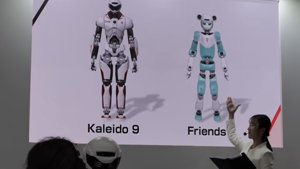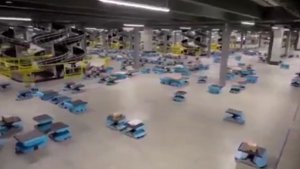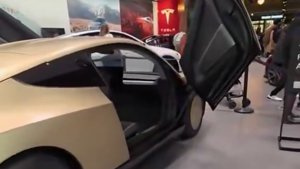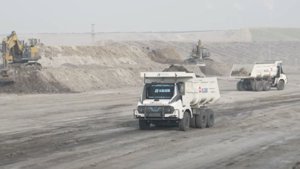In the grand theater of tech prognostication that is Web Summit 2025, Uber, Inc. COO Andrew Macdonald didn’t mince words about the future of robotaxis. Speaking with Craig Trudell of Bloomberg News, Macdonald laid down a stark benchmark for our silicon chauffeurs: the AI must be “10x better than humans” before it’s ready for prime time. This isn’t just about swapping a person for a processor; it’s about a fundamental leap in safety and reliability that the industry is still chasing.
Macdonald was quick to point out the mountain of obstacles beyond just the AI. The economics of owning and operating a massive fleet of autonomous vehicles is a completely different, and brutally expensive, ballgame compared to its current asset-light model. Issues of asset ownership, charging infrastructure, and maintenance represent a logistical nightmare that makes managing a global network of human drivers look like child’s play. It’s a sobering reality check for anyone expecting a seamless overnight transition to driverless cities.
Having learned a few expensive lessons from its own AV development ambitions, Uber’s new playbook is all about strategic partnerships. Macdonald highlighted the company’s collaboration with Waymo in Texas, noting that the autonomous vehicles in that fleet are utilized more than 99% of their human-driven counterparts. This efficiency is powered by deep collaborations with the likes of Nvidia, whose automotive platforms and AI are critical to the ecosystem. Uber’s role is shifting to that of a data provider and network operator, feeding real-world usage data from its ride-sharing empire—and even video data from partners like Lucid—to help build a smarter AI.
Why is this important?
Uber is making a pragmatic, if less glamorous, pivot. Instead of trying to build the entire autonomous stack from the ground up, it’s positioning itself as the indispensable platform connecting various robotaxi technologies to its massive customer base. By providing the network and the data, and letting hardware and AI specialists like Nvidia and Waymo handle the Herculean task of developing the cars, Uber aims to own the customer relationship and the operational logistics. It’s a tacit admission that the road to a robotaxi future is too long and expensive to travel alone, and that the real money might be in selling the maps, not building the cars.






